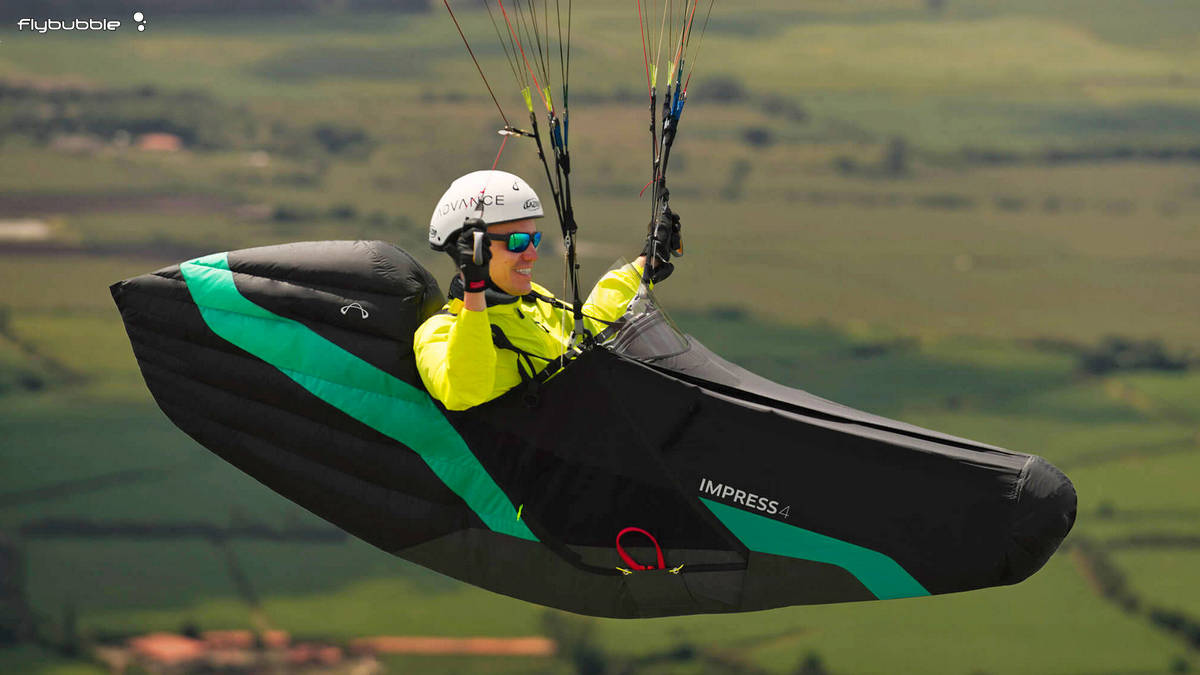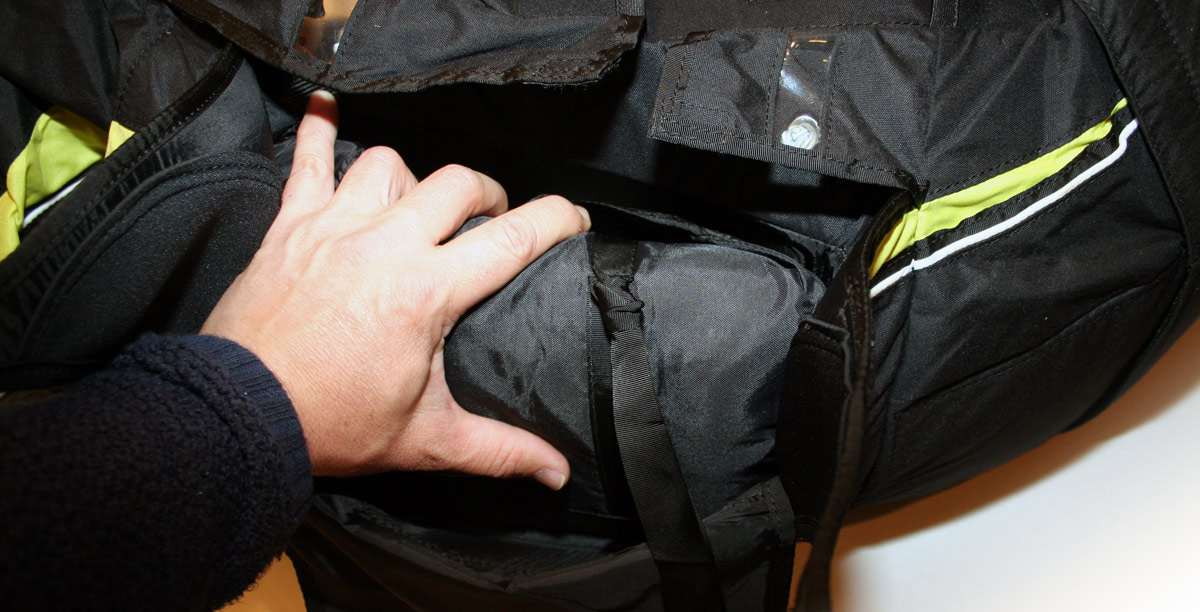
Having correctly connected the reserve parachute, this article outlines the main considerations for correctly fitting it into the harness or reserve outer container, depending on your particular setup.
Fitting the reserve parachute into your harness
Where does it go?
Most harnesses integrate the reserve parachute pouch under the seat. Some harnesses integrate the reserve pouch in the rear or side of the harness. Others have a chest-mounted reserve pouch.
A few harnesses like school training or ultralight harnesses have no integrated reserve pouch, but you can purchase a reserve outer container which attaches to the chest strap. This is a great position for a reserve parachute that allows easy deployment with either hand, is always visible so is checked more often, and does not compress under the weight of the pilot in high G manoeuvres. If you run the bridles up to shoulder point attachments you might need a bridle cover.

How does it fit?
This is the weak point in all reserve systems, as noted in some repack clinics where a surprising—sometimes shocking—percentage of deployments have shown up issues or even failed completely. To avoid any fitting and assembly errors which could lead to a failed reserve deployment we strongly recommend that should you have your reserve fitted by a suitably qualified or experienced person. Make sure you take the time to read the reserve and harness manuals thoroughly and watch how-to videos and recommended best practices.
The reserve bridle usually fits into a gusset (closed by hook and loop or a zip). Carefully insert the short amount of protruding lines into the reserve pouch, followed by the reserve itself, being careful to avoid loops and tangles. Securing the flaps with the reserve handle will be explained in your harness manual. A common issue is the strap between the reserve handle and the inner container being too short, which prevents the handle from being pulled up enough to release the pins. If the strap is too long the reserve becomes unwieldy and difficult to extract.
Test the deployment: compatibility checks
Check your pins, and make sure the release is smooth and the reserve bridle pulls out fully from its gusset. If you didn't install it yourself, take a few photos of the process so you can be sure to get the installation right.
Do a proper hang check (suspend your harness from a frame/tree, get in) and do a test deployment. This helps you become familiar with the angle of forces and mechanics of deploying. This should always be done with a freshly packed reserve as they bulk up during repacking. It should never be a tight fit, as during a spiral the G forces will push the pilot down into his seat and further compress the reserve pouch.
Related reading
Choose The Right Reserve Parachute - Flybubble
Connecting the reserve parachute - Flybubble
Reserve parachute care & repacking - Flybubble
How To Deploy Your Reserve Parachute - Flybubble
Brought to you by Flybubble
Like what we do? The best way to thank and support us is to buy gear from us and recommend us to others. Thank you!

